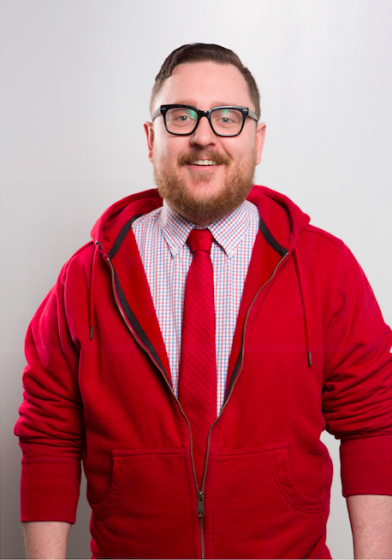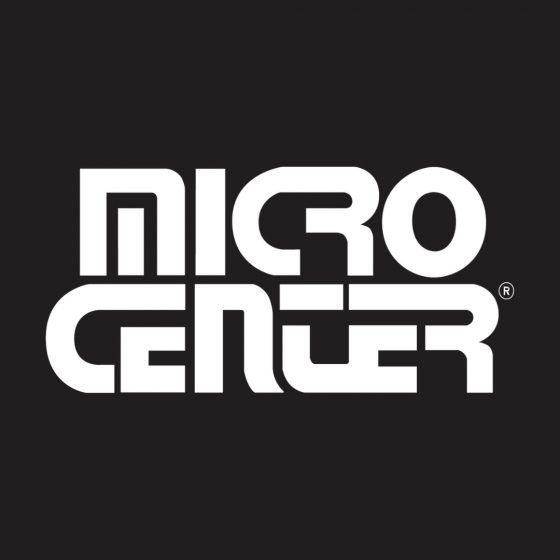6 Simple Tricks to Help Your 3D Print Stick to the Bed
What is one of the most frustrating things that can happen when you’re 3D printing? A failed print due to bed adhesion issues. We've got six easy tricks to help your 3D prints to stick to your build plate.
1. Clean the Bed
If you’re having bed adhesion issues, the first action you should take is cleaning your build plate with 91% or higher isopropyl alcohol. If your bed has old filament, dust, oil, adhesive residue, or debris, this can create bed adhesion issues. When there is a layer of debris on the bed your first layers aren’t directly on the build plate, they are adhering to the dust, not the plate. Later in the print, this will cause it to move and sometimes comes entirely off of the bed.
2. Level the Bed
Any small movement or bump to your printer can move the bed causing it to be uneven. We recommend manually re-leveling the bed, but if you have a 3D print with auto level, you can try this as well. After auto leveling, if your prints still aren’t sticking, try to manually level the bed.
Thingiverse user Chep has a Bed Level STL that can help test your bed level.
3. Adjust Bed Temperature
If your bed is not set at the proper temperature, this will cause poor bed adhesion. Your bed temp will depend on the type of filament you are printing with. Begin at the lowest recommended temperature and increase by 5° as needed until you reach the max temperature.
See below for recommended Inland Filament Bed temps:
i. Inland PLA: 55°C - 80°C
ii. Inland PLA+: 55°C - 80°C
iii. Inland ABS: 80°C - 110°C
iv. Inland PETG : 60°C - 80°C
v. Inland TPU: 25°C - 60°C
vi. Inland PETG+: 80°C - 100°C
vii. Inland Tough PLA: 60°C - 80°C
viii. Inland Silk: 60°C - 80°C
4. Adjust Printing Speed
The next setting you can check is the printing speed. If your first layer is printed too quickly, the filament won’t lay flat on the bed and your print will begin to lift. We recommend printing the first layer at 25-50mm/s and the rest of the print 60-90mm/s. You can adjust the printing speed in your Slicer Settings.
5. Adjust Z-offset
If you're still having issues, try adjusting the Z-offset. The Z-offset refers to the distance between the nozzle and the bed. The Z-offset can be adjusted in the 3D printer display menu. Lowering the Z-offset to -0.05mm will bring the nozzle 0.05mm closer to the bed. Increasing the Z-offset will lift the nozzle away from the bed. This should be tested in small increments to prevent overcorrecting.
6. Try Using Brims and Rafts
When printing small, delicate pieces that do not have a large surface area to stick to the bed, you can try using a brim or raft to assist with bed adhesion.
Brim
A Brim adds a single, flat layer around your model to prevent lifting and curling. It attaches to the first layer of your model.
Raft
A Raft adds a layer of filament before the rest of your print. This ensures the base of your print is flat and creates a smooth, even surface for the rest of your print to build on.
We used a Brim to combat curling edges when printing a Wand Holder in our 3D Print of the Month article.
After following these 6 simple tricks, your prints should adhere to the bed and you will be printing high-quality 3D models in no time. What other tricks have you tried to get your prints to stick to the bed? Comment below!










.png)
